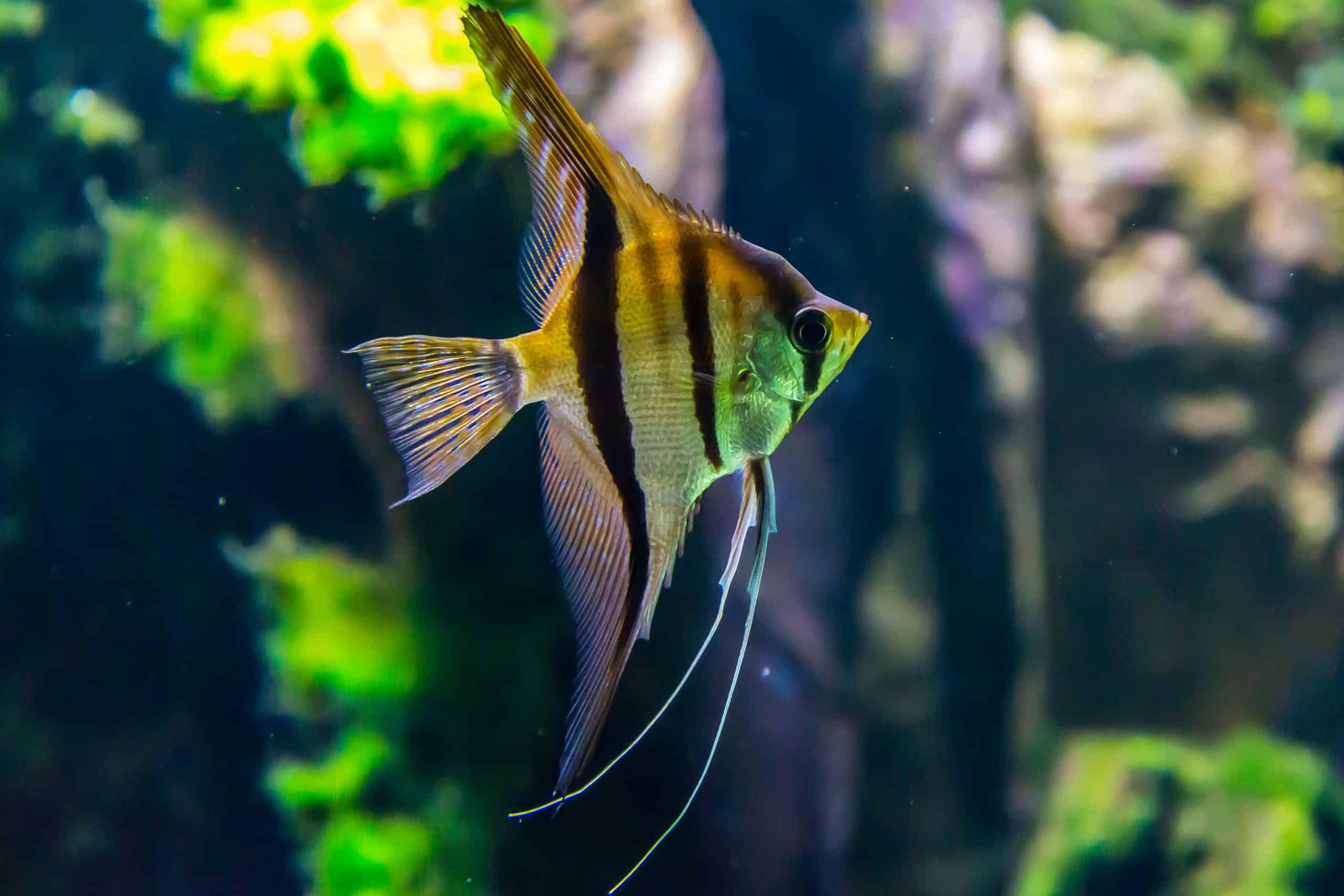How to Properly Acclimate a Saltwater Fish to a Reef Tank Environment?

As budding aquarists, you may agree that one of the most exhilarating moments in managing an aquarium is introducing a new fish into your tank. However, this process requires a certain degree of care and preparation. The fish must be properly acclimated to their new surroundings to ensure they survive and thrive. Today, we will dive deep into the process of acclimating saltwater fish to a reef tank environment. We will discuss the essential steps, from adjusting temperature and salinity to utilizing drip acclimation methods.
Understanding the Importance of Acclimation
Before immersing ourselves in the step-by-step process, let’s first comprehend the rationale behind acclimation. When you bring a new fish home, it is crucial to remember that the water in your bag will differ significantly from the water in your aquarium. Differences in temperature, salinity, and other water parameters can cause undue stress to your new arrival, potentially leading to illness or even death.
A lire aussi : What Are the Best Methods for Teaching a Dog to Be Quiet on Command?
Acclimation is a way of gradually introducing fish to their new environment, mitigating the shock and easing the transition. This practice is vital, especially for saltwater species and their delicate reef tank companions such as corals. Proper acclimation will ensure the well-being of your aquatic pets, contributing to a thriving and dynamic tank ecosystem.
Preparing the Aquarium and the Acclimation Bucket
The first step in acclimating your new fish begins even before the fish arrives. You need to make certain that your tank is ready to welcome its new inhabitant. This means checking the temperature, salinity and other water parameters to ensure they are suitable for the fish species you are adding.
Sujet a lire : How to Develop a Safe and Enjoyable Walking Routine for a Bengal Cat?
Next, you need to prepare an acclimation bucket. This is a separate container where you will mix water from the bag and your aquarium, allowing the fish to gradually adjust to the tank’s conditions. The bucket should be clean and free from any contaminants. A typical household bucket will do, as long as it has not been used with any cleaning chemicals.
Adjusting the Temperature
When you bring your fish home, the first step is to equalize the temperature between the water in the bag and your aquarium. Place the sealed bag in your tank, letting it float for about 15 to 20 minutes. This step will adjust the water temperature inside the bag to match that of the tank, preventing temperature shock when you release the fish.
Remember not to open the bag at this point. We want to avoid any exposure to the air, which can be traumatic for the fish. After 15 to 20 minutes, you can remove the bag from the tank and proceed to the next step.
Transitioning to Drip Acclimation
Drip acclimation is a method often recommended for saltwater fish and reef tank inhabitants. This method is gradual, reducing the risk of shock while carefully adjusting the fish to the tank’s salinity.
To begin, open the bag and add an equal amount of aquarium water. Next, move the fish along with the mixed water into the acclimation bucket. Then, set up a drip line from your tank to the bucket. A steady drip will gradually mix the aquarium water with the water in the bucket.
This process should take anywhere from one to two hours. Keep an eye on the water volume. If the bucket gets too full, remove some water, but ensure the fish remains submerged at all times.
Introducing Corals and Other Reef Inhabitants
Just like fish, corals and other reef inhabitants, such as crustaceans and molluscs, also need to be properly acclimated to their new tank environment. These species can be sensitive to changes in water parameters, particularly temperature and salinity.
The process is similar to acclimating the fish. Start by floating the bag in the aquarium to equalize the temperature. Then, utilize the drip method to slowly introduce aquarium water into the bag. Once acclimated, you can gently place your new corals or reef creatures in the tank.
Caring for a saltwater aquarium is a rewarding task, but it requires patience and diligence. Acclimating your fish, corals and other tank inhabitants properly is a significant first step towards creating a thriving and harmonious underwater world.
Monitoring and Adjusting Salinity Levels
One of the major differences between freshwater and saltwater aquaria is the salinity level. Salinity is the salt concentration in the water, and it is a crucial factor for marine life. Each species of saltwater fish has a specific salinity preference, hence it is essential to monitor and adjust your aquarium’s salinity to match.
After you’ve equalized the temperatures and transitioned to the drip acclimation method, it’s time to check the salinity in both the shipping bag and your aquarium using a refractometer. This device measures the specific gravity (or salinity) of the water.
Note the difference between the two readings. A significant disparity could cause osmotic shock to your fish, potentially leading to fatalities. Start by adjusting the specific gravity in your acclimation bucket. Slowly add aquarium water to the bucket using the drip method, ensuring the drip rate is slow enough to gradually alter the salinity levels without causing stress to the fish.
The goal is to slowly bring the salinity level in the bucket to match that of the saltwater aquarium. This process could take several hours, but don’t rush it. Your fish’s health is at stake.
Utilizing a Quarantine Tank
Acclimation doesn’t stop once the fish is introduced to the main tank. Quarantine tanks are highly recommended as part of this process. These are separate tanks where new fish are kept for a certain period before being introduced into the main tank.
A quarantine tank helps to monitor the fish for any signs of illness. This step is significant because fish could potentially bring diseases into the main tank, which could be catastrophic for the entire aquatic life. After the fish has been acclimated, move it to the quarantine tank for observation.
The new fish should remain in the quarantine tank for at least two to four weeks. During this time, continue to monitor the fish behavior, eating habits, and look for any signs of disease. Once you’re confident the fish is healthy and has adapted well to the new environment, you can introduce it to the main tank.
Conclusion
Introducing new saltwater fish to your reef tank environment can be an exciting venture. However, it requires patience, diligence, and a systematic approach to ensure the health and well-being of your aquatic pets. Careful acclimation, including adjusting temperature, monitoring salinity, drip acclimation, and utilizing a quarantine tank, is key to a successful transition.
By following these steps, you’ll minimize the risk of shock, stress, and disease, and ensure your fish, corals, and other tank inhabitants thrive in their new environment. Remember, a healthy fish aquarium requires more than just food and water; it requires care, dedication, and comprehensive knowledge about your aquatic life. Happy aquascaping!
